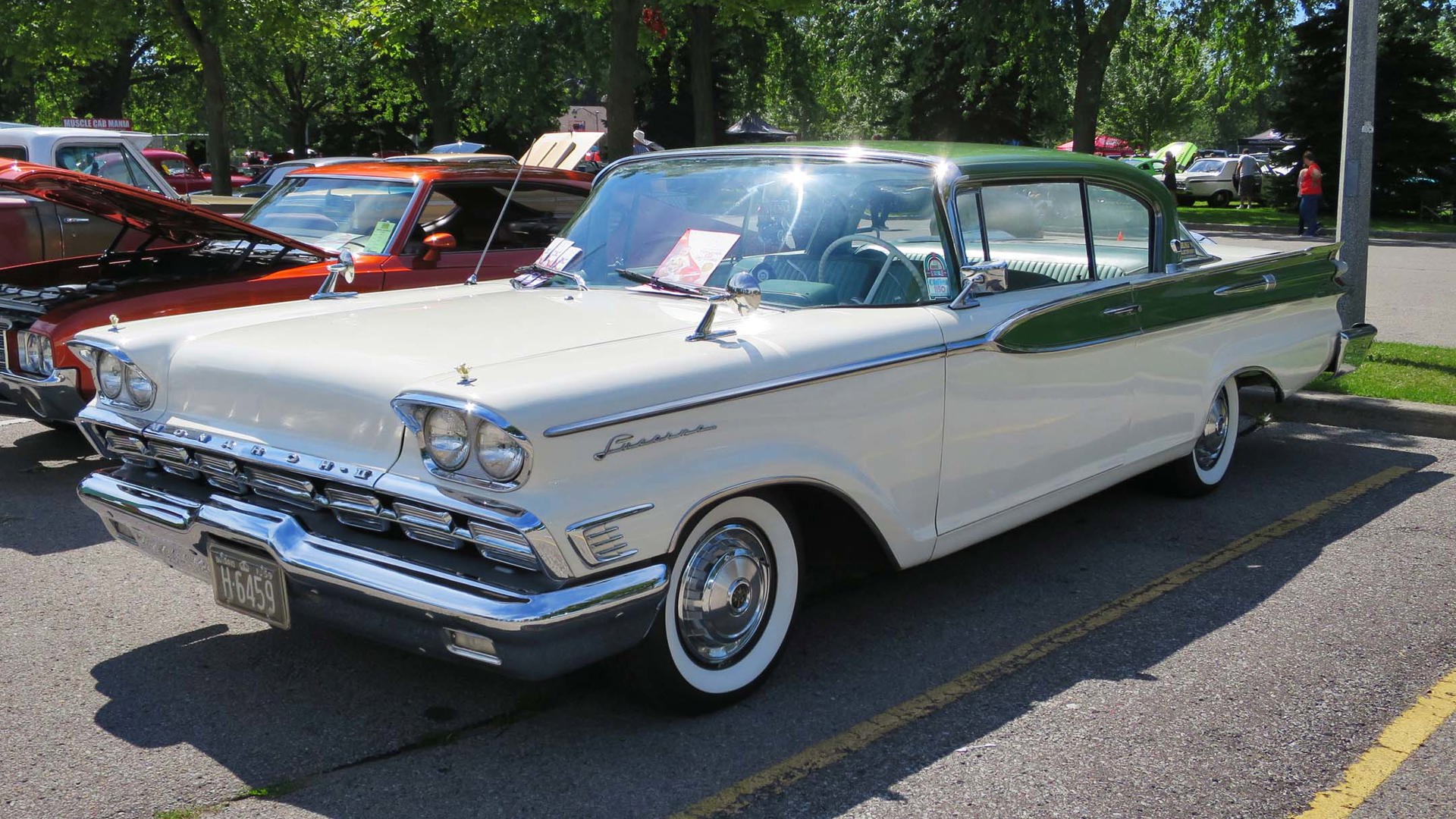There are some pretty significant differences between Canada and the United States. Just look at how opposite our countries are in terms of policies around immigration, health care, and even Kinder Surprise eggs. But how different could our cars be?
If you ask an American what the differences are, they may say our car horn says “Sorry, excuse me” or that our cars come with special racks for hockey sticks. Although I wouldn’t put it past us, that’s just not the case.
Canadian cars have differences from their American counterparts including colours, features, and even our own unique models. Here are some notable differences.
Measurements
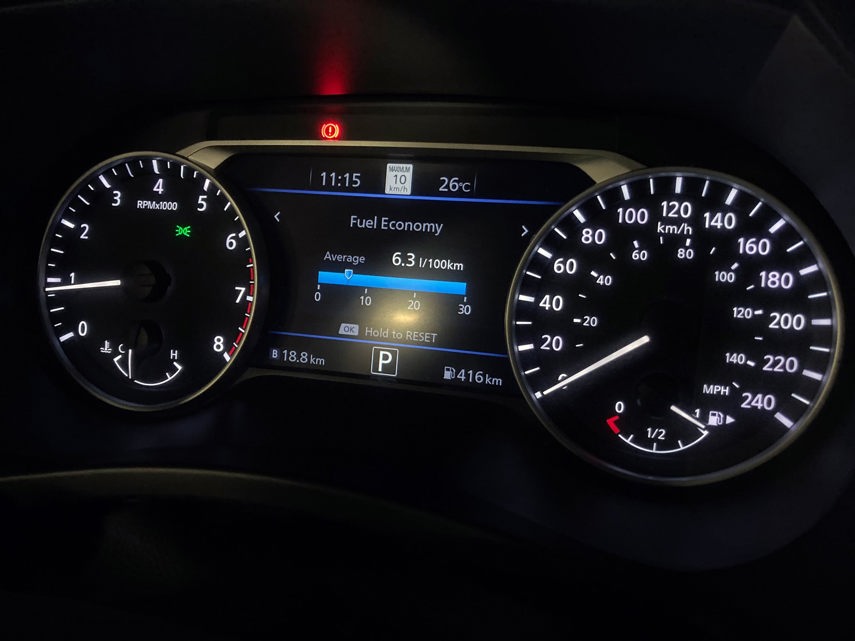
If you’ve ever purchased a cookbook from outside of Canada, you know the pain of trying to translate the recipe measurements: teaspoons, ounces, cups, pints, quarts, and gallons. This same problem is found in Canadian and American cars.
Canada officially adopted the metric system in the 1970s, when speedometers and fuel measurements began converting from imperial to metric. Today, many Canadian cars are equipped with a speedometer showing km/h in big numbers and mph in smaller numbers, which isn’t a requirement in the U.S.
Not knowing this difference could cause a critical and costly mistake if you rent a car in a different country. Going 60 mph when you thought you were going 60 km/h could easily get you pulled over for speeding.
In the same vein, Americans use the Fahrenheit system as opposed to degrees Celsius like we do in Canada. Thankfully, we both track tire pressure by PSI.
Winter Ready
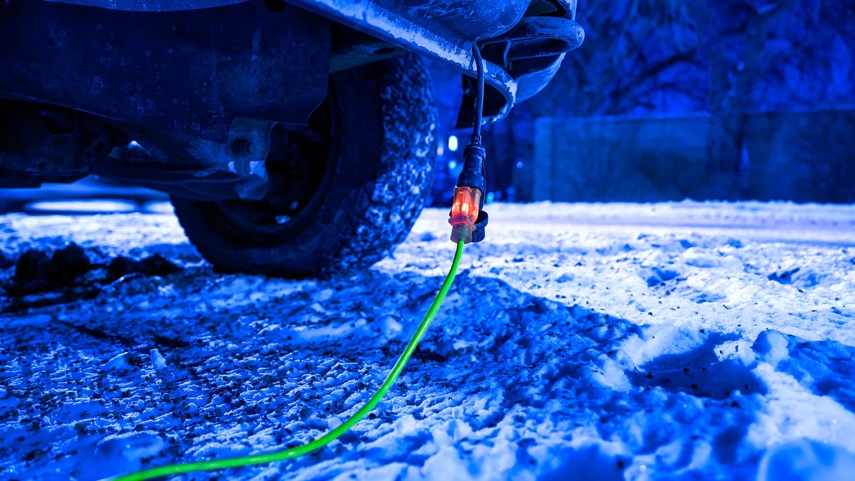
Although plugging in a car is synonymous with electric vehicles these days, it hasn’t always been the case. It’s not uncommon to see an electric plug dangling from the front of a Canadian car’s grille. Our winters can be treacherous, and trying to get your car started in the heart of winter when it’s snowed in is a big reason why. That plug is connected to a device called a block heater, which is used to help keep the engine block warm so that the car can start more easily in frigid temperatures.
Manufacturers have recognized the severity of Canadian winters for decades, and many Canadian cars are made with heftier starting systems to help ease the difficulties of winter car starting. These unique features include bigger batteries and powerful starter motors and alternators.
Some other winter-ready features that are often included as standard in Canada but are optional in the U.S. include heated wiper de-icers, heated side mirrors, heated seats and steering wheels, back-up camera washers (to get off all the salt and winter grime), and heat pumps in electric vehicles.
Paint Colour

Selecting a car colour is an important decision because it can impact your car’s resale value or help it stand out more to reflect your personality. Interestingly, the Canadian car market has had a few colours not available to our neighbours south of the border.
If you look back at the colour palette of 1955 Chevrolets, you’ll see that Canadians had unique colours unavailable in the States. These custom colours included Crocus Yellow, a lime-like colour, and Dusty Rose. More recently, the Volkswagen Golf GTI was released with 35 magnificent paint options in Canada and only five in the U.S.
Daytime Running Lights
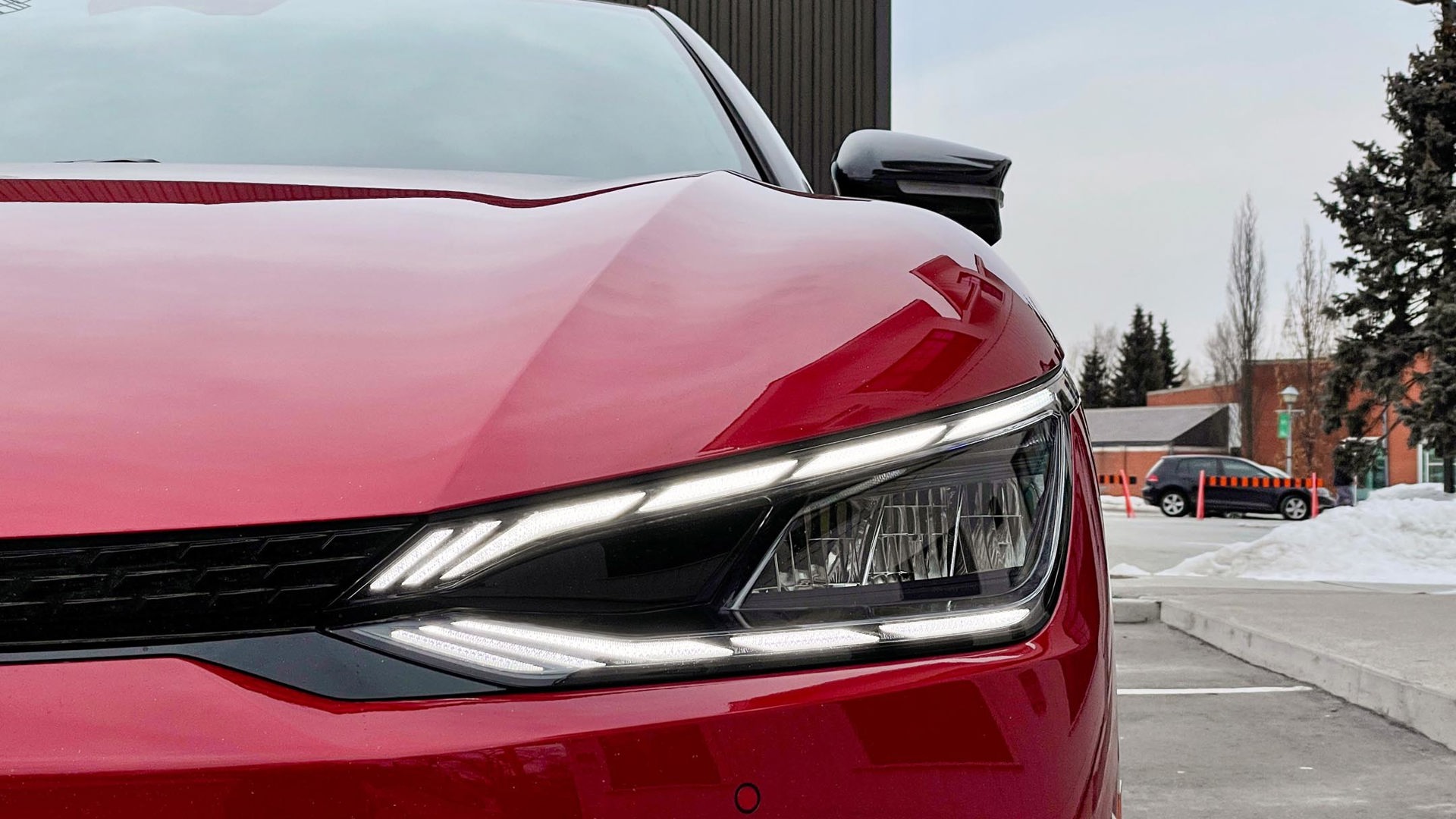
Driving without your headlights on at night is one of the most dangerous things you can do, which is why it carries a hefty fine. Daytime running lights are designed to radiate the headlights – not to light up the road ahead, but to increase a car’s visibility to others during the day. This illuminating feature has been required on all new Canadian cars since September 2021 and it turns the lights on automatically whenever the car is running. This isn’t yet a legal requirement in the U.S., but it has always been a requirement for New Brunswick motorists to have operational daytime running lights as part of the annual vehicle safety inspection program.
If that isn’t a cool enough feature for you, imagine being back in 1987, when cars weren’t required to have any running lights.
Featuring French

How helpful is a warning if you can’t understand it? Back in 1969, Canada officially became bilingual. It was only in 1982 that the new Canadian Charter of Rights and Freedoms enshrined the right of official-language minorities to instructions in their language.
Today, English and French are required on regular everyday products like a can of soup or a toothbrush, and the same is true for new cars in Canada. Legally, the owner’s manual must be available in both official languages, and for drivers, this means being able to access important car info in their native tongue.
Special Imports
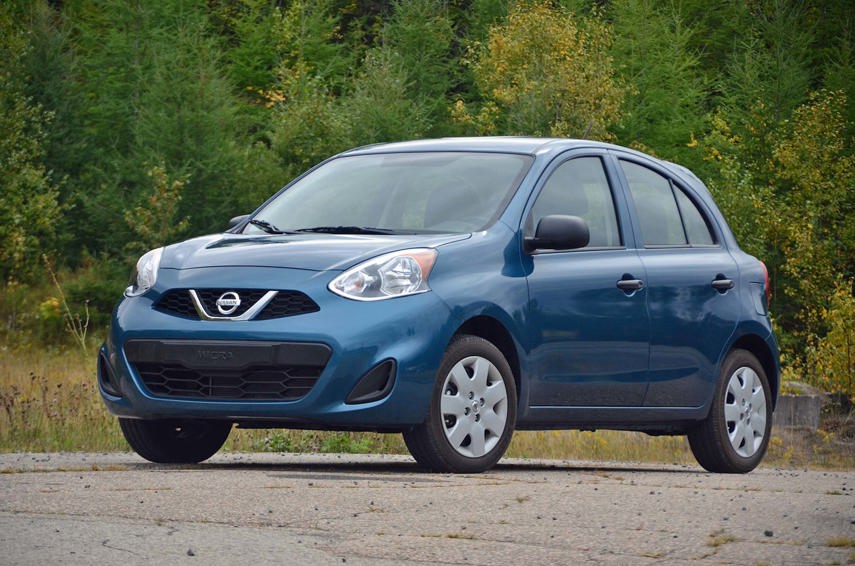
If you’re a car enthusiast, you already know that other countries have different car import rules for vintage vehicles. Canada allows certain imports that the U.S. doesn’t, including Russian Ladas, the French Renault 4CV, British Morris Minors, and Czech Skodas, to name a few.
Some newer models that were available here but not in the U.S. have included the Buick Allure, VW Eurovan, Kia Rondo, Nissan Micra, Mercedes B-Class, Mitsubishi Lancer Hatchback, and the diesel Smart car. Sometimes, cars even have different names here than they do in the U.S. The Nissan Qashqai, for example, is called the Nissan Rogue Sport in America.
100% Canadian
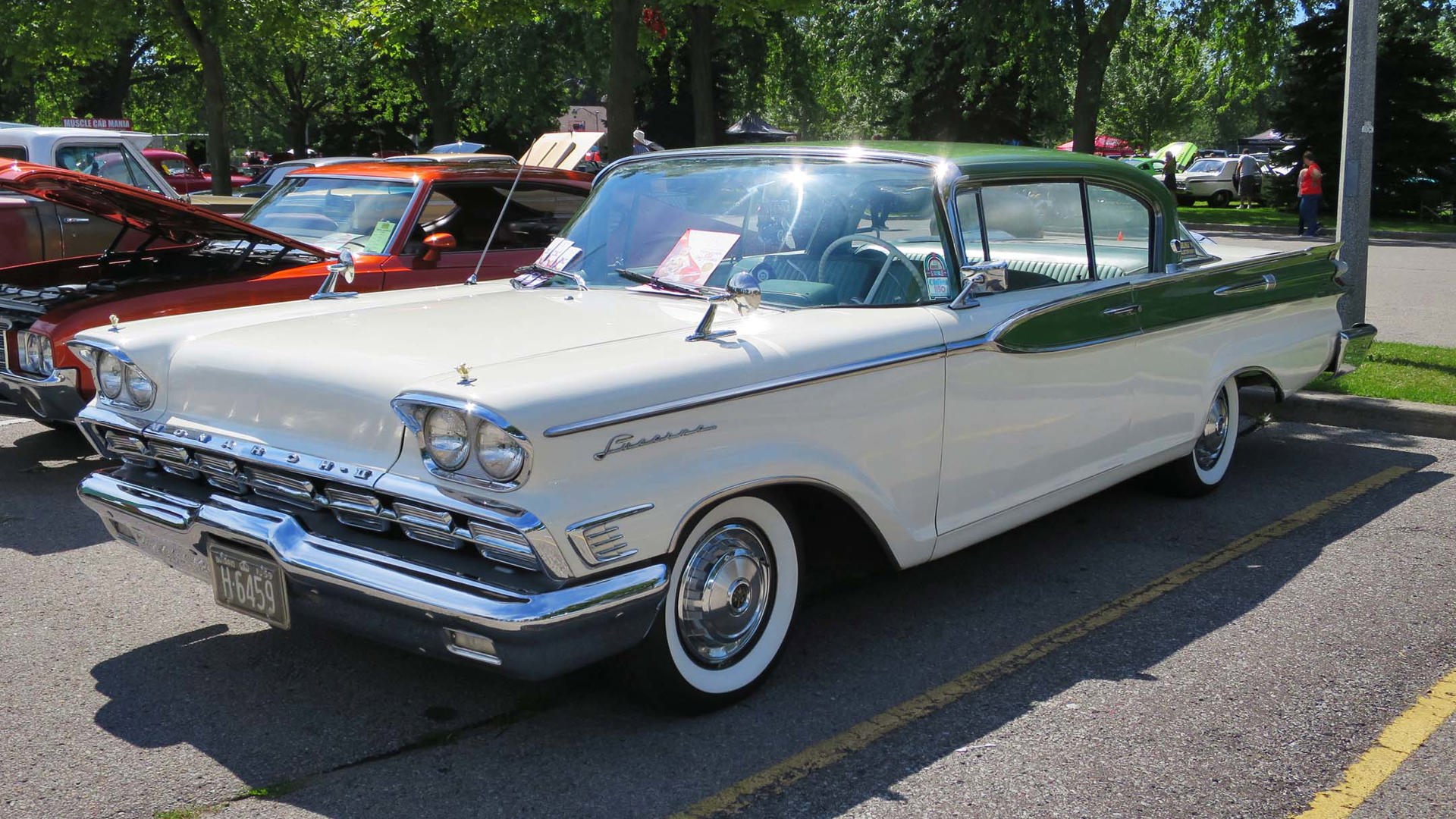
At one point, Canadian cars were entirely different from our American brethren. Just after the Second World War, cars produced in Canada remained distinctive.
Ford used to sell Frontenacs, Monarchs, and Meteors in Canada, all lines that were unavailable in the U.S. There’s also the Mercury Bobcat and a uniquely Canadian version of the Pinto.
It was only in 1965 that the Canada–US Auto Pact got rid of tariffs and allowed vehicles to cross between the United States and Canada, ultimately signalling the end of unique Canadian models. Since then, several unique Canadian car concepts have been attempted, but none were successfully mass-produced. Maybe one day that’ll change, and we’ll have an entirely Canadian car with Canadian-centric features.
